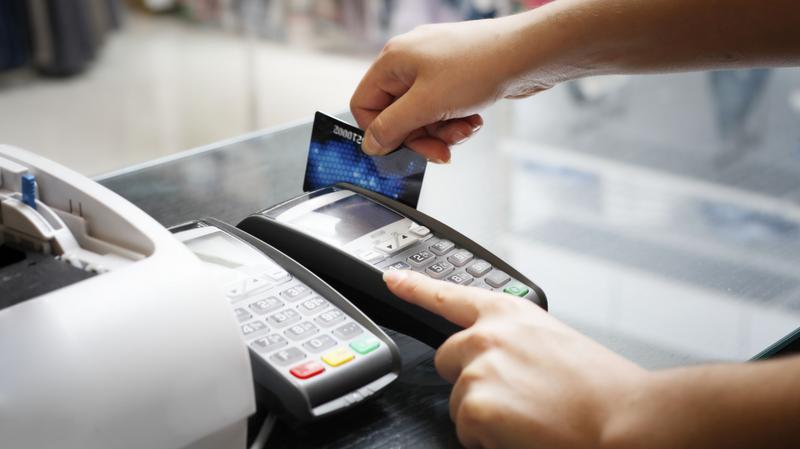Written by Eric Bank
In today's economy, in which everyone is talking about the need to
stimulate growth, there has been quite a boom in entrepreneurship. There are a
number of ways to become an entrepreneur, but buying the proper franchise
remains one of the surest routes to success. This is due to the training and
resources that accompany the franchise of an established company/brand. There
are hundreds of franchises available, so how will you know which one is right
for you? Here are five tips to help you choose the right franchise business for
you.
1.
Evaluate Yourself
It is important to evaluate your motives for wanting to own a franchise.
Ask yourself: what are your financial and career goals? What kind of hours do
you want to work? Are you ready to take on the risk of a owning a franchise?
Another thing to consider is your personality. While experience in the industry
is important, it can be argued that having an entrepreneurial spirit and work
ethic is more important. Entrepreneurs tend to follow their gut and take risks
that others wouldn't. If this does not describe you, you might want to rethink
your plans.
2.
Financing
This is an obvious one. When thinking of buying a business, one of the
first things to consider is your finances. Chances are that you don't have
millions of dollars in cash just sitting around. However, you can take out a
business loan, as long as you have a good credit rating and history. Negotiate
with your banker and find out how much money can borrow. This will help to sift
through the franchise opportunities that are within your budget. You can also
decide to wait a bit until you have enough money to buy the franchise that you
want.
3.
Find a Business That Is Recession Resistant
Even though we are pretty much out of the recession, many people are
still feeling the effects of it. To businesses, a recession means that
consumers are reluctant to spend money, and when they do spend, they are very
particular about what they buy. Businesses that sell high-end clothing and
vacation homes tend to suffer during such times while businesses such fast food
joints, hair salons and senior care facilities continue to do well.
4.
Review and Understand the FDD
The FDD is the franchise disclosure
document. It outlines information about the franchisor, current
franchisees' activities and your obligations as a franchisee. Understand every
word of this document to get a clear picture of the pros and cons.
5.
Ask the Franchisor all Necessary Questions After performing your due diligence and reviewing the FDD, ask the
franchisor all the necessary questions about areas not covered in the FDD, such
as what is the sales training, where is the closest location of another store
within this franchise, and how much promotional support the franchise will
receive. Also ask whether they will work in your marketplace.
Making the decision to buy a franchise business is not simple. Finding
the right one to match your passion and goals is even more difficult. Following
these five tips will help make the process less complicated and get you on the
road to success with your new franchise business. And don't forget, for all
your accounting and tax work, you can turn to Small Business Financials for the support you need.


